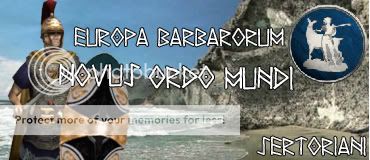In about 245 B.C., during the reign of the Seleucid monarch Seleucus II (r. 246-25 B.C.), Andragoras, the Seleucid satrap of the province of Parthava, made himself independent. Soon afterwards, ca. 239 B.C., his example was followed by Diodotus, satrap of Bactria, a Seleucid satrapy which was to play a significant role for more than a hundred years as the Greco-Bactrian kingdom.
The reasons for the defection of these two satrapies in such rapid succession are not known, nor is the extent to which the inhabitants, i.e. Macedonians, Greeks, and the natives, participated in the rebellions (cf. E. Will, Histoire politique du monde hellénistique [323-30 av. J. C.] I2, 1979, pp. 281ff.) At any rate, the Parni exploited the defection of these two eastern provinces of the Seleucid kingdom by launching an invasion into Parthia, ca. 238 B.C., in the course of which Andragoras met his death. Shortly afterwards they also occupied Hyrcania. It is likely that the term Parthians was applied to the Parni during this period after their occupation of the satrapy of Parthava and subsequently, no doubt, they came to use the designation themselves. Originally, therefore, Parthava is to be understood as a geographical term; then, in the form “Parthian,” it became the name of a people when the Parni invaders started to extend their kingdom.









 Reply With Quote
Reply With Quote









Bookmarks